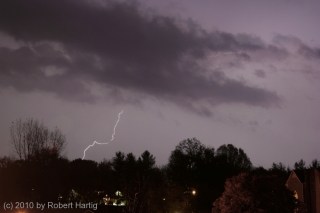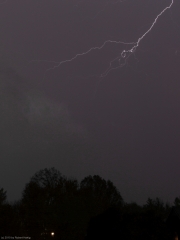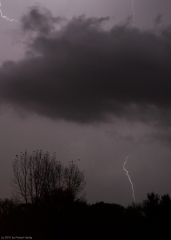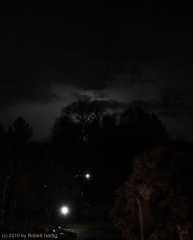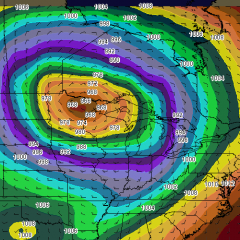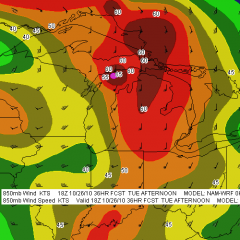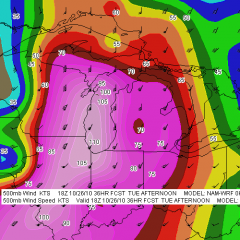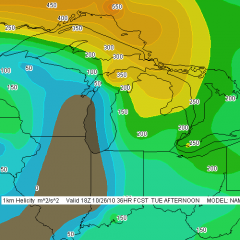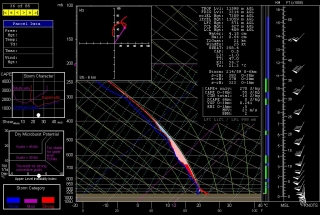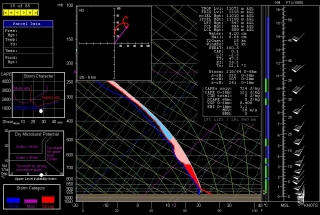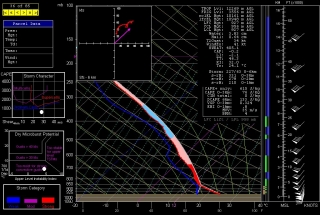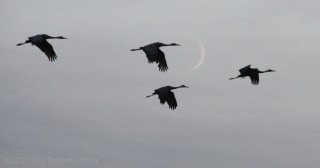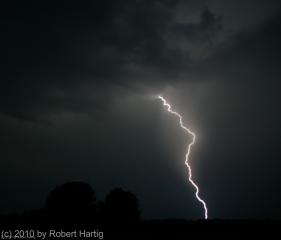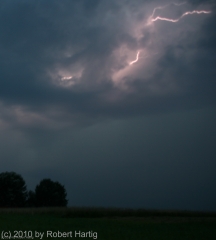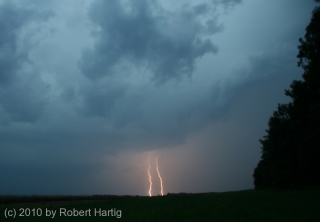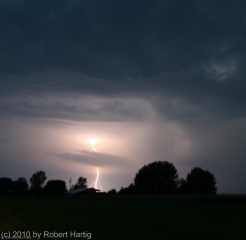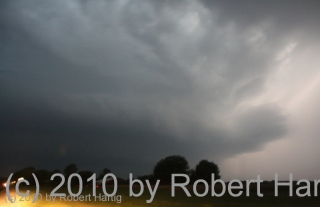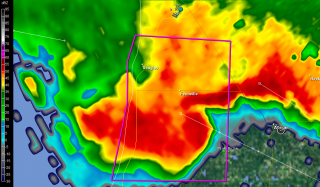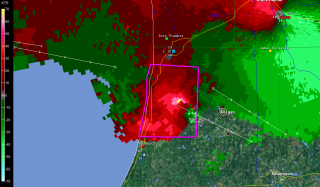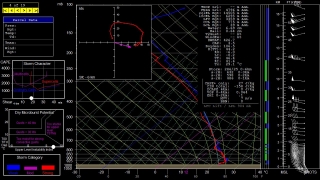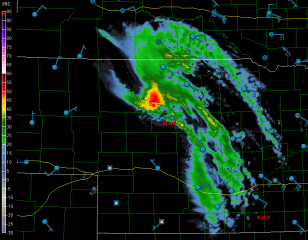The day after my October 23 chase out in northwest Missouri and southwest Iowa, thunderstorms blew across West Michigan. Watching the MCS move in on my radar, I decided to try my hand at a few lightning photographs. I had learned a few essential tips since my last attempt, and this looked like a fantastic opportunity to see what kind of a difference they made.
.
The photos shown here were shot from the balcony of my apartment in Caledonia. Click on them to enlarge them. They may not be National Geographic quality, but they’re not bad. Fact is, one of my photos that night was my best lightning shot ever. Unfortunately, I accidentally erased it only minutes after I took it. You could hear my screams of anguish and bonking of my head against the wall all the way to Sam’s Joint.
What you see on this page are just compensation prizes. They’ll do, though. They’re mementos of what was probably the last lightning any of us around here will see this until next spring. Snow is in the forecast a few days hence, and with two months before it officially starts, the long winter is already winding up the mainspring and getting set to unleash.
